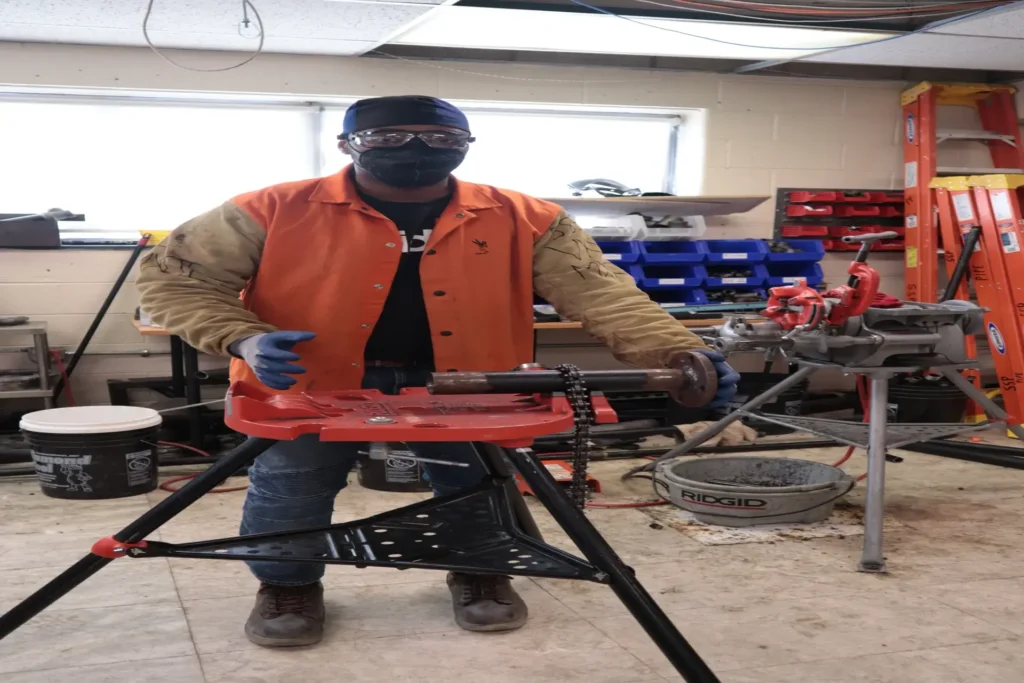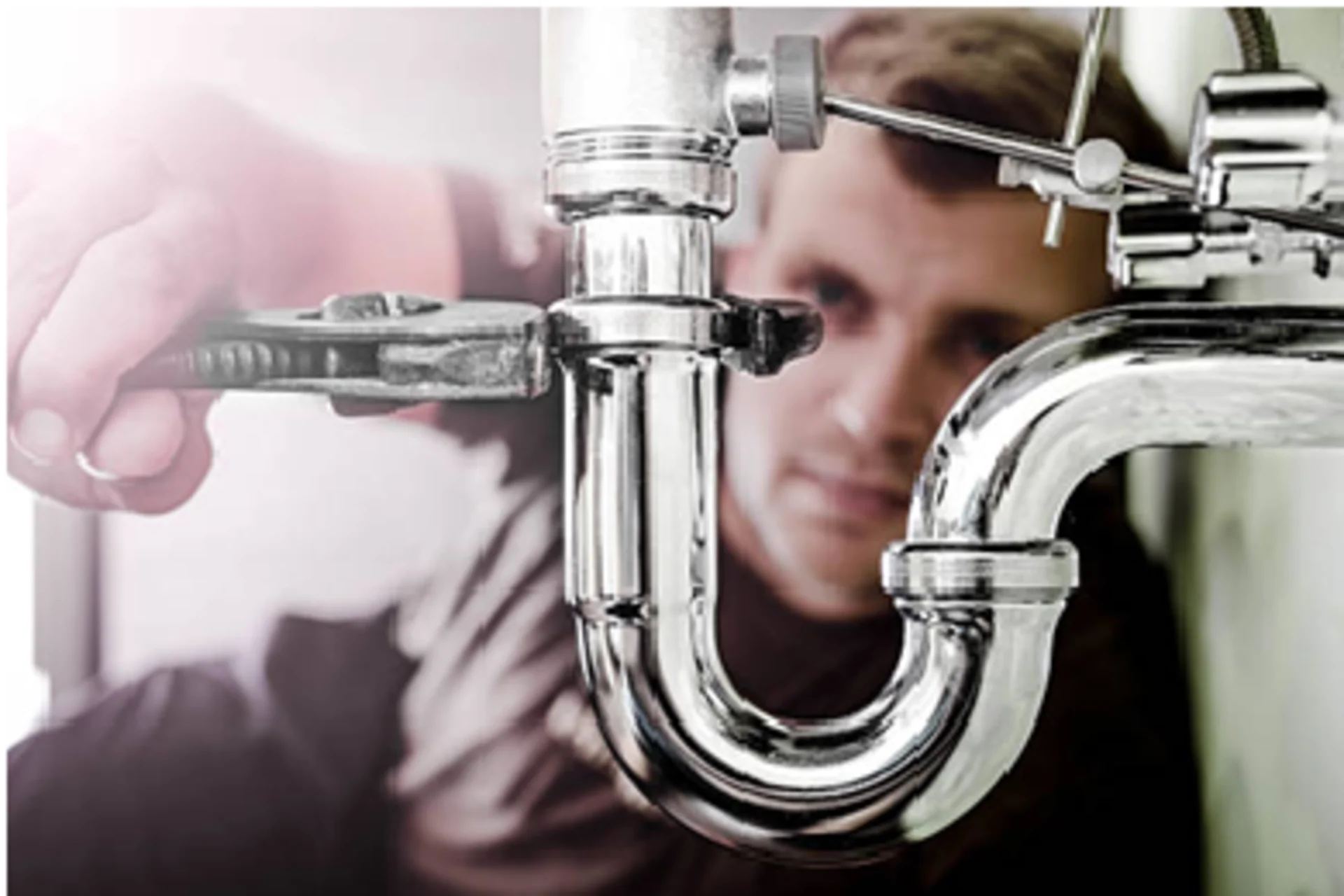Are There Enough Jobs For Pipefitting Technicians?
Pipefitting technicians, sometimes simply also called pipefitters, install and preserve pipes that deliver chemicals, acids, and gases. These pipes are utilized mostly in manufacturing, retail, and industrial settings. Pipe fitting technicians install and restore pipe systems in power plants, heating and chilling systems in large office buildings. Some pipefitters specialise as gasfitters, sprinkler fitters, or steamfitters.
Thanks to the large-scale construction and advancement activity in the current scenario, the tubes and pipe fittings industry is a quickly growing industry.
Jobs In The Pipe Fitting Industry
Pipes are crucial for connectivity, whether for water supply inlets or for clean and wastewater dispersion systems, agricultural watering systems, liquid discharge installations, water spraying and dropping systems, sanitation and sewerage disposal and more.
Together with pipes, pipe fittings are equally significant as no pipes can be installed without the use of fittings.
Pipe fittings are significant to connect pipes. There are several types of pipe fittings like adapters, couplings, tees, valves, reducers, sleeves and many more. Which are used to join pipes, tubes, pneumatic and other fittings for various configurations.
The number of jobs available for pipe fitters in the year 2020 were 469,900. Job outlook for the industry, as determined by the Bureau Of Labour Statistics is described to be 5% during 2020-30(Slower than average). Employment change in the industry between the year 2020-30 is described to be 23,400.

Factors Affecting The Pipe Fitting Industry’s Job Growth-
The growth of this industry is dependent on numerous factors. In all pumps and piping systems used in several industrial, commercial and residential applications, pipe fittings play a crucial role. No sealing in pipes is possible without the usage of pipe fittings. Beginning from labour to government policies, several factors affect this industry.
Two significant factors are as follows:
- Capital Expenditure, including private machinery and equipment
- Real Household Disposable Income
Education Required
Depending on the nation where you live, you may need several qualifications for evolving a licensed pipefitter. Many states need a thorough background check before you can get into trade school or receive a license in pipefitting. These are some familiar qualifications that include varying levels of education and experience, as well as varied certifications.
A high school diploma is typically needed to become a plumber, pipefitter, or steamfitter. Trade schools give courses on pipe system layout, safety, and tool usage. They also offer welding classes that are considered important by some pipefitter and steamfitter internship training programs.
Training Required
Plumbers, pipefitters, and steamfitters learn their trade through a four-or five-year internship. Apprentices generally receive two thousand hours of paid on-the-job training, and some classroom instruction, every year. In the classroom, the internship learns safety, local plumbing codes and principles, and blueprint reading. They also learn mathematics, physics, and chemistry. Internship programs are proposed by unions and businesses. Although most workers enter apprenticeships directly, some begin as helpers.
What Does A Pipefitter Do?
A pipefitter’s day-to-day workload can vary relying on their speciality and where they work. Here are the main elements involved in pipefitting jobs, from tools to key duties:
Overseeing pipefitting projects
When working on a project, pipefitters have a whole range of important duties. These are some daily projects a pipefitter may perform:
Adhere to safety precautions:
When working with a system, pipefitters organize processes and security to minimise hazards when using mechanical equipment and dangerous materials.
Install complex pipes:
Pipefitters adjust and join pipes offsite and take them to the worksite to put them in the spot.
Maintain and repair pipes:
After pipefitters finish the installation using their pipefitting tools, they return to the location regularly to execute maintenance and repairs.
Read and design blueprints:
Pipefitters read blueprints so they can install piping systems. Banking on the project, they may also require to develop the blueprints themselves.
Respond to emergency calls:
As the systems pipefitters work with can be hazardous equipment and environment, they are sometimes required to respond to emergencies to restore parts solutions to problems with the system.
Test and inspect pipes:
When accomplishing regular maintenance, pipefitters trial their systems and recognize issues with piping systems and rectify them.

Operating equipment
Pipefitting apprenticeship teaches pipefitter to use a combination of tools to shape, cut and join pipes. A pipefitter may use a fitter grip to join pipes to joints, a fire torch to cut a pipe to the precise length of a pipe threader to make grooves to attach pipes to a coupling. These are some of the tools you can foresee to be using while working as a pipefitter:
- Blow torch
- Dies
- Grinder
- Level
- Measuring tape
- Pipe bender
- Power tool
- Pressure gauge
- Saw
- Welding torch
Managing materials
Pipefitters work with systems comprising cooling, fuel transport, heating water, hydraulics, water vapour and ventilation which implies they have to handle and oversee a variety of raw materials with several qualities, warehouse conditions and safety concerns. Pipefitting for beginners generally requires them to use carbon steel, stainless steel and alloys to safely hold and deliver these materials. They use their knowledge of chemical properties to make smart judgments when handling the elements inside their pipe systems.
Tags: Pipefitting apprenticeship, Pipefitting for beginners, Pipefitting jobs, Pipefitting tools